Packaging 101: The Complete Guide
- Packaging 101
- Types of Packaging
- Aseptic Packaging
- Blister Packaging
- Biodegradable Packaging
- Bulk Packaging
- Carbon Neutral Packaging
- Circular Packaging
- Clamshell Packaging
- Compostable Packaging
- Cornstarch Packaging
- Corrugated Packaging
- Discreet Packaging
- Ecommerce Packaging
- Flexible Packaging
- Frustration Free Packaging
- Retail Packaging
- Secondary Packaging
- Smart Packaging
- Sustainable Packaging
- What is a PR Package?
- What is a Poly Mailer?
- Packaging Design Ideas
- AI Packaging Design
- Bakery Packaging Ideas
- Bath Bomb Packaging Ideas
- Bath Salt Packaging Ideas
- Body Butter Packaging Ideas
- Body Oil Packaging Ideas
- Body Scrub Packaging Ideas
- Brownie Packaging Ideas
- Cake Packaging Ideas
- Cake Pop Packaging Ideas
- Candle Packaging Ideas
- Candy Packaging Ideas
- Canva Packaging Design
- Chocolate Packaging Ideas
- Cinnamon Roll Packaging Ideas
- Clothing Packaging Ideas
- Coaster Packaging Ideas
- Coffee Bag Design Ideas
- Cookie Packaging Ideas
- Cosmetics Packaging Design
- Cotton Candy Packaging Ideas
- Cupcake Packaging Ideas
- DIY Packaging Ideas
- Dog Treat Packaging Ideas
- Food Packaging Ideas
- Empanada Packaging Ideas
- Etsy Packaging Ideas
- French Fries Packaging Ideas
- Frozen Food Packaging Ideas
- Hair Extension Packaging Ideas
- Handbag Packaging Ideas
- Jewelry Packaging Ideas
- Keychain Packaging Ideas
- Lash Packaging Ideas
- Lip Gloss Packaging Ideas
- Macaron Packaging Ideas
- Minimalist Packaging Ideas
- Mug Packaging Ideas
- New Employee Welcome Kit Ideas
- Packaging Colors
- Packaging Inserts Ideas
- Packaging Logo Design
- Packaging Typography
- Perfume Box Design Ideas
- Pizza Box Design Ideas
- Popcorn Packaging Ideas
- Scarf Packaging Ideas
- Skincare Packaging Design Ideas
- Soap Packaging Ideas
- Sock Packaging Ideas
- Sticker Packaging Ideas
- Sunglass Packaging Ideas
- Sustainable Packaging Ideas
- Tea Packaging Ideas
- Wax Melt Packaging Ideas
- Weed Packaging Ideas
- T-Shirt Packaging Ideas
- Wine Packaging Design Ideas
- What is a Packaging Engineer?
- Types of Packaging Materials
- Chipboard vs Cardboard
- Compostable Packaging Materials
- Alternatives to Plastic Packaging
- Edible Packaging Materials
- Food Packaging Materials
- How to Recycle Cardboard Boxes
- How to Recycle Packaging Materials
- Medical Device Packaging Materials
- Mono Material Packaging
- Pharmaceutical Packaging Materials
- Plastic Food Packaging
- Protective Packaging Materials
- Reusing Packaging Materials
- Types of Packaging Foam
- Void Fill Packaging
- What is Chipboard?
- What is Kraft Paper?
- Offset vs Digital Printing
- RGB vs CMYK Printing
- Screen Printing vs Digital Printing
- Screen Printing vs Sublimation
- What is a Dieline in Packaging?
- What is Die Cutting?
- What is Digital Printing?
- What is Flexographic Printing?
- What is Glassine Paper?
- What is Offset Printing?
- What is Spot UV Printing?
- Why is 300 DPI Good for Printing?
- How to Estimate Shipping Costs
- How to Pack Glass for Shipping
- How to Mail a Bubble Mailer
- How to Make a Shipping Label
- How To Measure Box Dimensions and Sizes
- How to Ship Alcohol
- How to Ship Artwork
- How to Ship Books
- How to Ship a Cake
- How to Ship Candles
- How to Ship Clothes
- How to Ship Cookies
- How to Ship Food
- How to Ship a Laptop
- How to Ship a PC
- How to Ship Plants
- How to Ship Shoes
- How to Ship Vinyl Records
- Packaging Symbols
- Shipping Large Items
- What is a Delivery Exception?
- What is Shipping Insurance?

Discover Phillip Akhzar’s journey, the Founder and CEO of Arka, bringing 16 years of expertise in packaging and supply chain logistics. Read more on Arka.
Why a Creative Shipping Label Matters
Creating a shipping label may seem mundane, but its impact on brand image and customer satisfaction is profound.
• Impact on Brand Image: Crafting a shipping label that is aesthetically pleasing and informative goes beyond meeting logistical needs; it preserves your brand image. A creatively designed label signifies professionalism, attention to detail, and a commitment to customer satisfaction. Picture unwrapping a package with your brand's distinctive label, transforming the ordinary delivery into a memorable brand encounter.
• Improving Unboxing Experience: Modern consumers desire beyond mere product content; they seek a superbly packaged, immersive experience. A carefully crafted shipping label adds to this, creating excitement and anticipation when a beautifully labeled package arrives.
• Consequences of Incorrect or Missing Labels: Understanding how to create a shipping label brings remarkable benefits; however, overlooking proper labeling can lead to transit issues, misdelivery, or even misplacement, causing customer dissatisfaction and eroding trust.
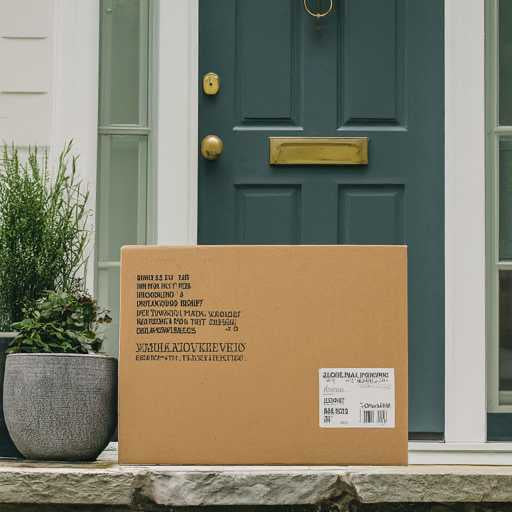
Key Shipping Label Elements
Let's break down the crucial components.
• Sender Name & Address: The process initiates right from your details. Clearly mention your name and the address of the sender. This is the commencing of a hassle-free shipment process.
• Recipient Name & Address: Similarly, one should provide the recipient's name and address information without errors. Double-check so there is no hiccup in the delivery system and your package lands in the right hands.
• Weight of the package: The weight of the package is paramount in determining the final payment made for shipment. Precision in measurement ensures accurate charges and aids in planning the most efficient delivery route.
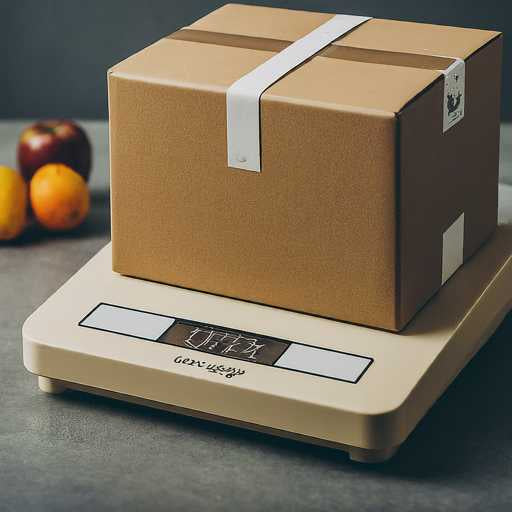
• Unidirectional or QR Code: Modern shipping labels often have unidirectional barcodes or QR codes. The sorting operation goes smoothly and becomes more accurate with the help of those codes.
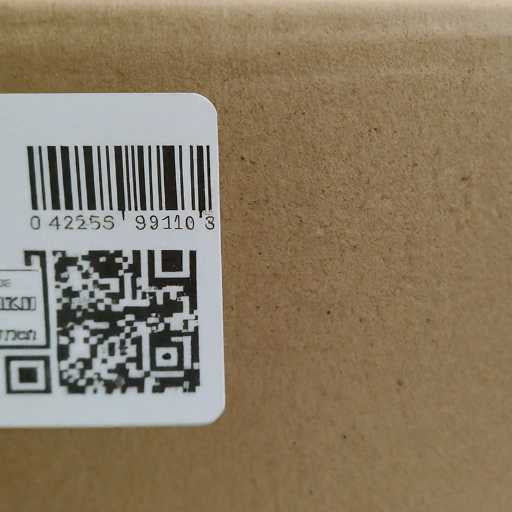
• Postal Barcode: Another wonder of technology is the postal barcode. It automates the national postal system in sorting and routing of packages within their systems hence achieving quicker and consistent package delivery.
• Service Type: Indicate the kind of service you need, whether standard, expedited or express. This will give all shipping companies direction on what level of service to provide to fit your needs.
• Routing Number: The routing number guides your package, aiding postal services and couriers in navigating complex routes for efficient delivery.
• Declared Value: Declare the value of the contents of your package. This is critical for shipping insurance purposes that seek to prove the compensation level for any loss or damage that may be incurred in transit.
• Tracking Number: The tracking number serves as a virtual eye on your package, enabling you and the recipient to monitor real-time progress for peace of mind and transparency.
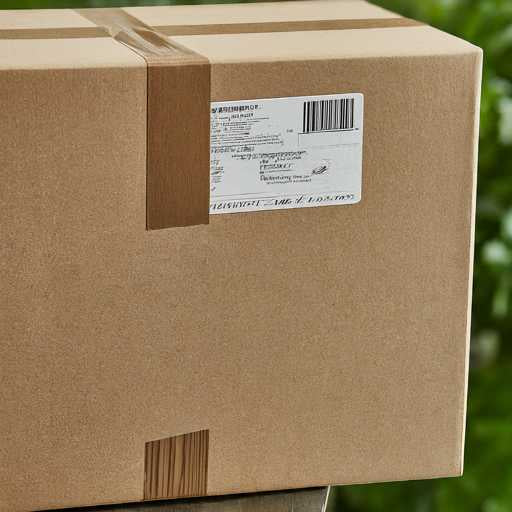
How to Create a Shipping Label
If you've ever wondered how to make a shipping label efficiently, you're in the right place; whether you're sending a package through USPS, FedEx, UPS or DHL, creating a shipping label can be a straightforward process. Let's explore three hassle-free methods to get your parcels on their way.
Use Carrier’s Online Services
The easiest way on how to make a shipping label is by using the major carrier online services like those by USPS, FedEx, and UPS - and even DHL. Just go to the official website of the said carrier and proceed with "Create a Shipment" or the like.
You will have to provide important details such as the final location address, package weight, as well as your preference for the shipping options. Just follow the step-by-step instructions, and you will get a professionally made shipping label pretty fast.
Use Software Solutions
The other effective way is creating shipping labels through dedicated solutions of computer software. These software solutions make shipping simple and easy, ensuring efficiency and accuracy, as several tools are provided to meet different business requirements, and bulk label generation and tracking are among the options ensured for all orders.
Enter the necessary shipment details and leave the rest to be done by the software where it will produce an accurately well-detailed shipping label ready for printing.
Use Online Shipping Label Templates
Among the easy and convenient ways of producing a shipping label is through online shipping label templates. Various websites offer customizable templates compatible with popular word processing or graphic design software.
Find a template that suits your preference, input the relevant details, and make necessary customizations. This DIY method enables you to make custom shipping labels to ensure your package has been well-labeled on its way.
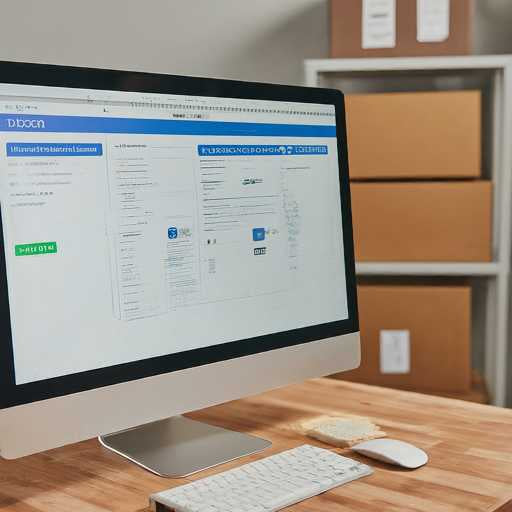
Crafting the Perfect Shipping Label: 6 Steps
Knowing how to make a shipping label properly can save time, reduce errors, and make an impression on anxious recipients. Here's a quick guideline with easy steps:
1. Choose the Perfect Size and Material
You are now ready to begin developing the perfect shipping label. First, choose the appropriate size and material. The size of the label should be able to fit the package, remain visible, and also stick well. Strong materials preserve the label throughout the handling process until it reaches its final destination.
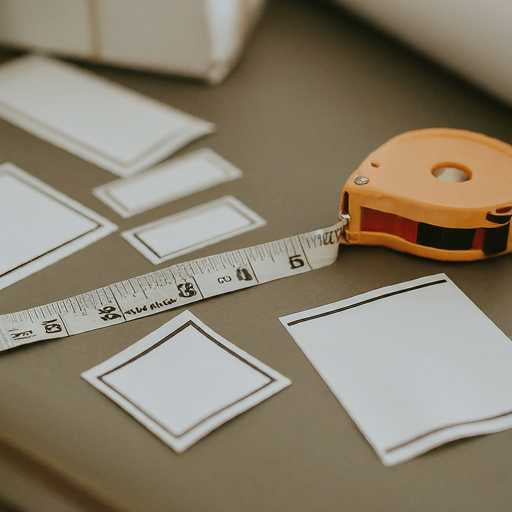
2. Contain All Relevant Information and Special Instructions
An ideal shipping label is supposed to have all the relevant information. Ensure that the sender's address, as well as the recipient's address, are well stated together with contact details. This should be followed by special instructions for handling the contents in case such is needed, such as fragile content or delivery preferences. This step is crucial in understanding how to prepare a shipping label communicating the critical details.
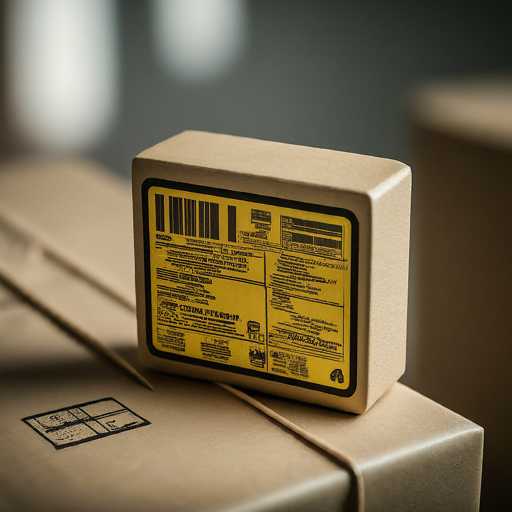
3. Right Label Placement
Placement matters. Ensure it is pasted flat and well on the package. A crooked or wrinkled label might result in scanning issues during transit. Creating a shipping label involves knowing how issues like placement can affect visibility and scan accuracy.

4. Choose the Correct Font and Colors
Though some little creativity might add some flare to your shipping label, ensure that it is done in moderate proportions. Use a legible font that can read from an exact distance. Be smart in using colors – eye-catching yet not too overwhelming. Keep in mind that the main goal here is clarity and readability.
5. Check the Accuracy of Barcodes and QR Codes
Successful shipping is conditioned by efficient tracking. In discovering how to make a shipping label, pay attention to barcodes and QR codes one has to print. Make sure of their accuracy as well as clear appearance. These help sort and track, thus limiting human errors in shipping.
6. Use High-Quality Printers
Consider the printer to buy as a fundamental element of how to make a shipping label. A quality print ensures clear details, including addresses and barcodes. This may be overlooked, but it goes a long way in attaining professionalism and efficiency in the whole process.
However tempting it is to concentrate only on the practical aspects of label creation, do not underestimate the effect of visual appeal. A well-conceived shipping label does not denote essential information alone but also leaves the recipient with goodwill. Balance creativity with necessary details to create a label that stands out while maintaining its functional integrity.
Shipping Label Legal Requirements
Shipping seems to be a simple process at hand, but under it hides the sense of correct shipping labels in every voyage of each shipment. Learn the ropes on how to make a shipping label by delving into legal and logistical aspects so that the shipper will sail smoothly through export control as well as shipping laws compliance.
• Legal Compliance: Over and above addressing, creating a shipping label requires one to have an interaction with a web of legal intricacies that include. For instance, export controls stipulate what can and cannot be shipped internationally. It's imperative to be aware of restrictions on specific goods and destination countries to avoid legal repercussions.
• Logistical Precision: Making sure adherence to the shipping laws is not legalistic alone but very logistic as well. With correct details on a shipping label, your package has little chance of making any detours, getting misdelivered, or at worst being declined by customs. It's the passport your package needs to cross international borders with minimum fuss.

Final Thoughts
Mastering how to make a shipping label is not just about meeting legal requirements; it's about infusing your shipments with efficiency and professionalism. Ship with flair by understanding the intricacies of creating a shipping label—your passport to smooth and reliable deliveries. Elevate your shipping game, one label at a time.
Arka simplifies the process with tailored expertise and efficiency for companies seeking seamless custom packaging solutions, ensuring your parcels sail smoothly to their destinations. Check out our top-notch custom shipping boxes or mailer boxes and let’s create your perfect packaging together!
FAQs on Creating a Shipping Label
What is the cheapest way to create a shipping label?
Opting for online shipping platforms typically provides the most budget-friendly options; compare rates and services to discover the optimum solution for your requirements.
What's the difference between a barcode and a QR code on a shipping label?
Barcodes are one-dimensional, whereas QR codes are two-dimensional and can store more information; both fulfill the role of tracking and identifying packages.
Are there restrictions on the placement of labels on a package?
Labels should be affixed to a flat surface, steering clear of corners or edges; guarantee visibility to facilitate smooth scanning during transit.
Can I handwrite a shipping label instead of printing it?
It's advisable to print labels for clarity and efficiency; handwritten labels may introduce errors or cause delays in the shipping process.
Can I use a label from a previous shipment for a new package?
It's not recommended. Each label corresponds to a specific shipment, and reusing labels may lead to misdelivery or non-compliance with shipping regulations. Always generate a new label for each package.

